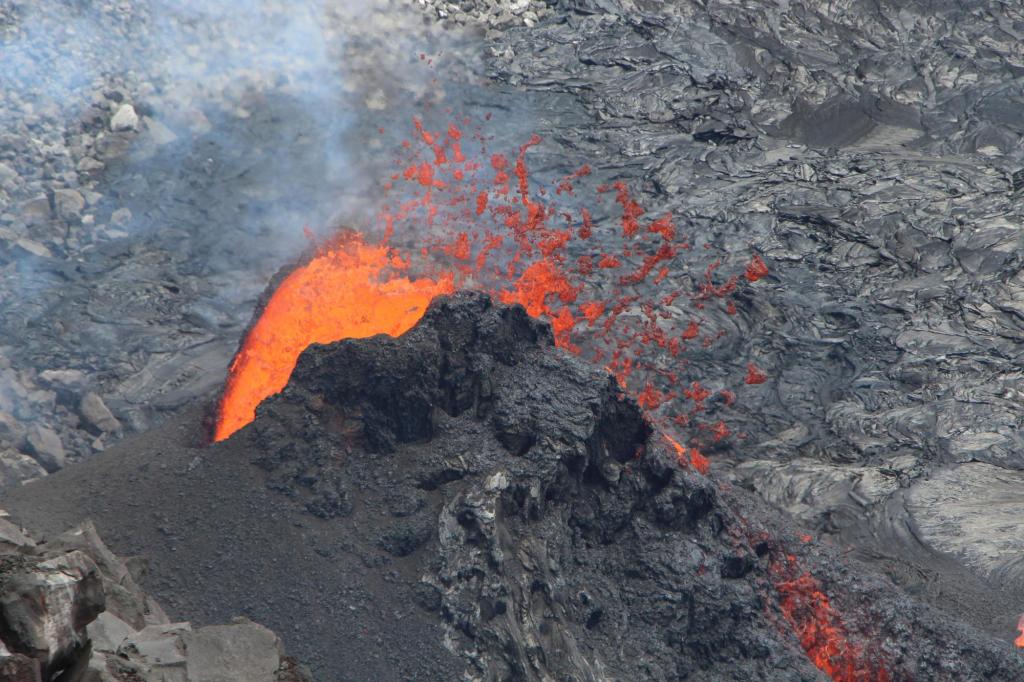HONOLULU (AP) — The nearly two-week eruption of a Hawaii volcano, one of the most active in the world, has come to a pause, scientists said.
After a three-month hiatus, Kilauea began erupting again June 7 — displaying fountains of glowing red lava without threatening any communities or structures.
Crowds of people flocked to the Big Island’s Hawaii Volcanoes National Park, which offered safe views of the lava.
Scientists declared the eruption paused again Monday when it rapidly declined in the afternoon, the U.S. Geological Survey’s Hawaiian Volcano Observatory said. Still, some lava continues to flow on the crater floor, which may continue for days as the lava cools, the observatory said, adding that scientists will continue to monitor the volcano.
On Tuesday afternoon, only small, faint pockets of red could be seen on the USGS livestream that showed bright bursts of lava on the eruption’s first day.
The previous night, park rangers could still see lava through cracks on the hardened surface of the lava lake, which provided “still pretty good viewing,” said Jessica Ferracane, park spokesperson.
“Park visitation still robust,” she said in an email, adding that the parking lot was full Tuesday at the Kilauea Visitor Center.
Kilauea, Hawaii’s second largest volcano, erupted from September 2021 until last December. For about two weeks in December, Hawaii’s biggest volcano, Mauna Loa, was also erupting on Hawaii’s Big Island.
After a short pause, Kilauea began erupting again in January. That eruption lasted for 61 days, ending in March.
A 2018 Kilauea eruption destroyed more than 700 homes.
Source: Read Full Article





